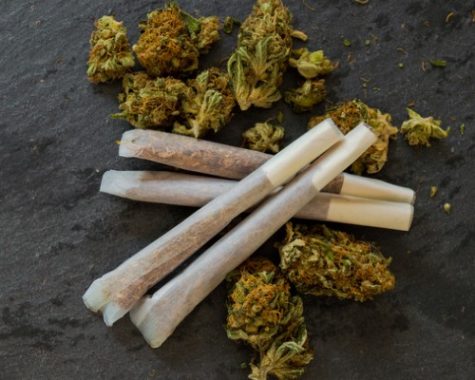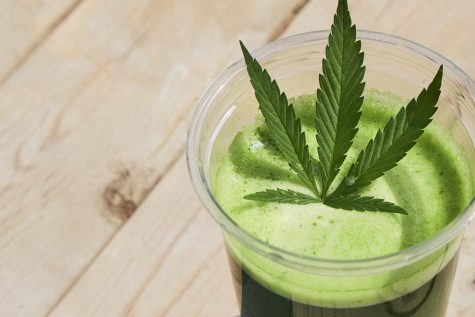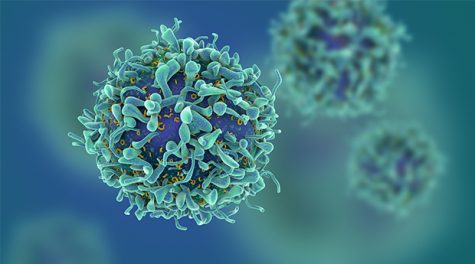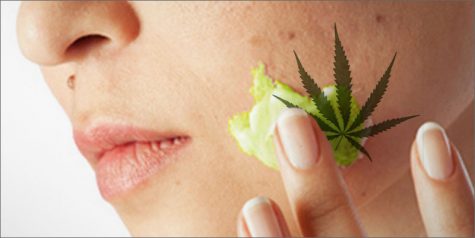Study: Frequent cannabis exposure and brain morphology are unrelated
Data recently published online has revealed how frequent cannabis use is not linked to changes in brain structure. The study data is set to be printed in the journal Addiction.
An international group of scientists from the United States, United Kingdom, and Australia analyzed grey matter volumes in several regions of the brain to determine the relationship between habitual cannabis exposure and brain morphology.
Primarily, the exploratory analyses carried out on young adult and middle age samples demonstrated how casual cannabis use is statistically unrelated to separate differences in brain morphology as measured by subcortical volume.
Various regions of the brain analyzed to determine effects of cannabis on brain morphology
 Regions of the brain that were assessed included the hippocampus, nucleus accumbens, thalamus, and amygdala.
Regions of the brain that were assessed included the hippocampus, nucleus accumbens, thalamus, and amygdala.
Two population-based twin samples were studied by the team of scientists, who reported “significantly smaller thalamus volumes in middle-aged males” who used nicotine repeatedly.
The scientists also discovered how “normal variation in cannabis use is statistically unrelated to individual differences in brain morphology as measured by subcortical volume.”
“This is the largest exploratory analysis integrating brain imaging with self-report cannabis and comorbid substance use data. After correcting for multiple testing, there was no effect of cannabis use on the volume at any subcortical region of interest in young adults or middle-aged males,” wrote the authors.
Regular cannabis exposure and brain morphology create no lasting impact
 A study published in 2014 claimed that casual cannabis exposure could be closely associated with abnormalities inside the brain.
A study published in 2014 claimed that casual cannabis exposure could be closely associated with abnormalities inside the brain.
The study emphasized the potential brain abnormalities that were likely to occur when a person also consumed alcohol.
These findings do not replicate the most recent findings on cannabis exposure and brain morphology.
Previous studies on brain imaging have, however, reported similar findings: there is little-to-no major impact on brain morphology when a person is exposed to cannabis.
When exposed to alcohol, the effects proved to be significantly more intense.
“In the context of expanding medicalization and decriminalization and the concerns surrounding the consequences of increased cannabis availability, our findings suggest that normal variation in cannabis use is statistically unrelated to brain morphology as measured by subcortical volumes in non-clinical samples,” concluded the scientists.
Conclusion on the link between cannabis exposure and brain morphology
When the effects of alcohol, nicotine, and multi-substance abuse were controlled, frequent cannabis use was related to much smaller subcortical grey matter volumes. This is a breakthrough discovery for the scientists, who have managed to debunk the myths that regular cannabis exposure causes brain morphological changes.
You can read an abstract of the study, “Testing associations between cannabis use and subcortical volumes in two large population-based samples,” here.













